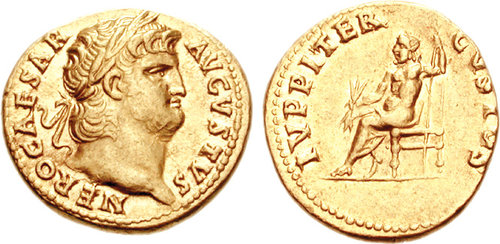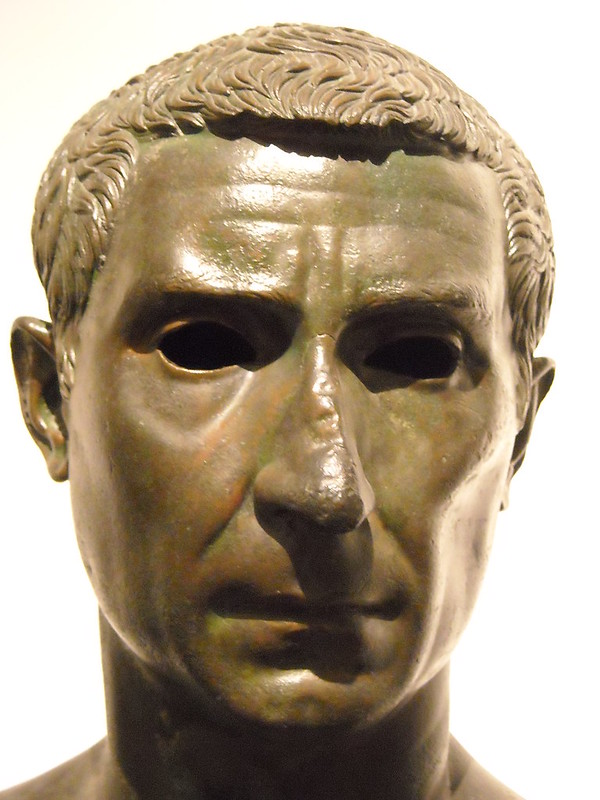- New & Reduced
- Certified Coins
- Greek
- Archaic Origins
- Classical Fine Art
- Persian Empire
- Celtic & Tribal
- Geographic - All Periods
- Britain
- Gaul
- Iberia
- Italy
- Sicily
- Greece
- Macedonia
- Thrace & Moesia
- Kingdoms of Thrace
- Thracian Tribes
- Celtic Tribes
- Abdera
- Anchialus
- Apollonia Pontica
- Augusta Traiana
- Byzantion
- Chersonesos
- Dacia
- Deultum
- Dionysopolis
- Hadrianopolis
- Istros
- Kallatis
- Lysimacheia
- Marcianopolis
- Maroneia
- Mesembria
- Nikopolis
- Odessos
- Olbia
- Pantikapaion
- Pautalia
- Perinthus
- Philippopolis
- Serdica
- Thasos
- Tomis
- Viminacium
- Other Thrace & Moesia
- Kingdoms of Thrace
- Anatolia
- Cyprus
- Armenia
- Persia & Mesopotamia
- Syria
- Arabia
- Phoenicia
- Judaea & Palestine
- North Africa
- Britain
- Hellenistic Monarchies
- Greek Imperial
- Greek Antiquities
- Greek Countermarked
- Greek Bulk Lots
- Greek Coin Books
- Archaic Origins
- Roman
- Roman Gold
- Roman Rarities
- Roman Republic
- The Imperators
- The Twelve Caesars
- The Adoptive Emperors
- The Severan Period
- Crisis & Decline
- The Secessionist Empires
- Recovery of the Empire
- The Tetrarchy
- Constantinian Era
- The Late Empire
- Roman Mints
- Roman Provincial
- Unofficial & Barbaric
- Roman Countermarked
- Roman Antiquities
- Roman Bulk Lots
- Roman Coin Books
- Roman Gold
- Byzantine
- Judean & Biblical
- Asian Coins
- Medieval & Modern
- Multiple Coin Lots
- Books, Supplies & Services
- FORVM T-Shirts
- Numismatic Books
- Antiquities Books
- Other Books
- Auction Catalogs
- Coin Collecting Supplies
- Numismatic Services
- GRPC Lydia
- Special - Handbook of Roman
- Roman Books
- Greek Books
- Celtic Books
- Judean & Biblical Books
- Byzantine Books
- Medieval & Modern Books
- Forgery Books
- Periodicals & Journals
- Out of Print Books
- Books by David Sear
- Numismatic DVDs
- Gift Certificates
- FORVM T-Shirts
- Antiquities
- Themes
And the grandeur that was Rome

Explore Our Website And Find Joy In The History, Numismatics, Art, Mythology, And Geography Of Coins!!!
NumisWiki Is An Enormous Unique Resource Including Hundreds Of Books And Thousands Of Articles Online!!!
The Column On The Left Includes Our "Best of NumisWiki" Menu
If You Are New To Collecting - Start With Ancient Coin Collecting 101
NumisWiki Includes The Encyclopedia of Roman Coins and Historia Nummorum
If You Have Written A Numismatic Article - Please Add It To NumisWiki
All Blue Text On The Website Is Linked - Keep Clicking To ENDLESSLY EXPLORE!!!
Please Visit Our Shop And Find A Coin You Love Today!!!
.jpg)

.jpg)








